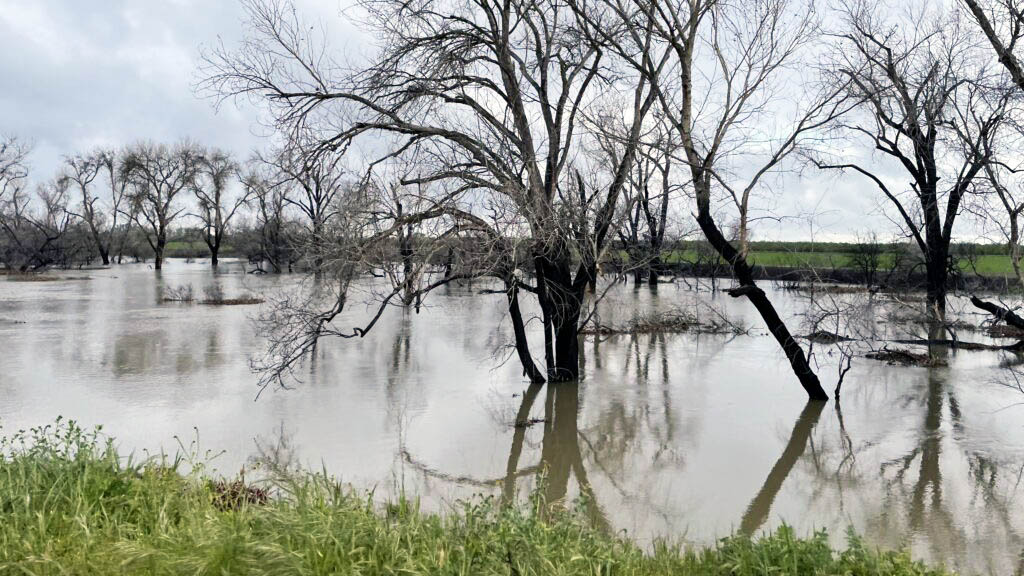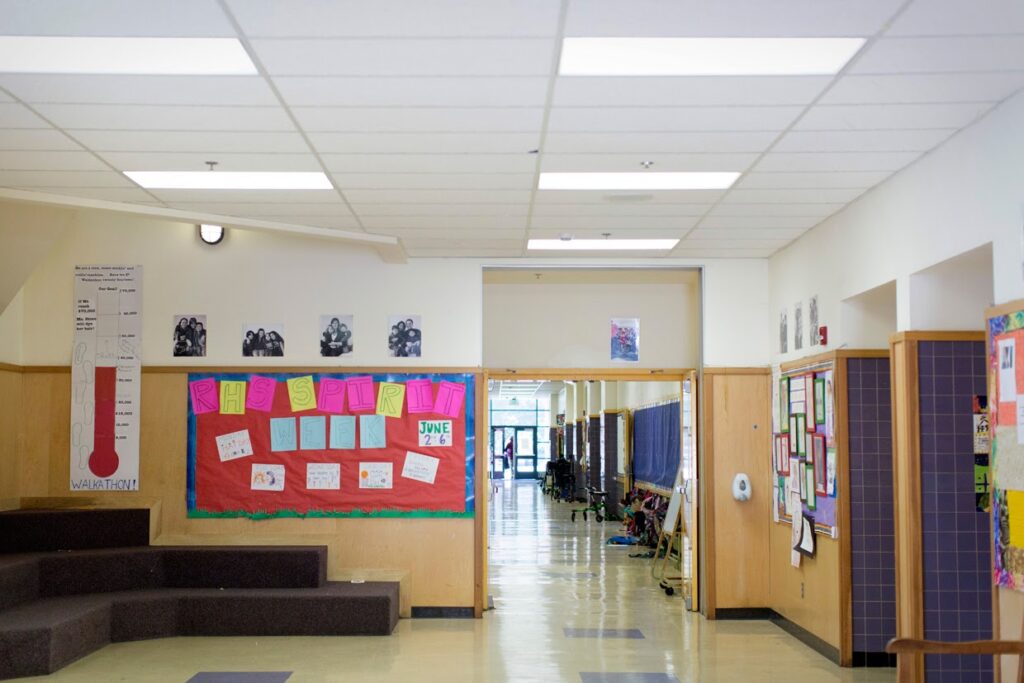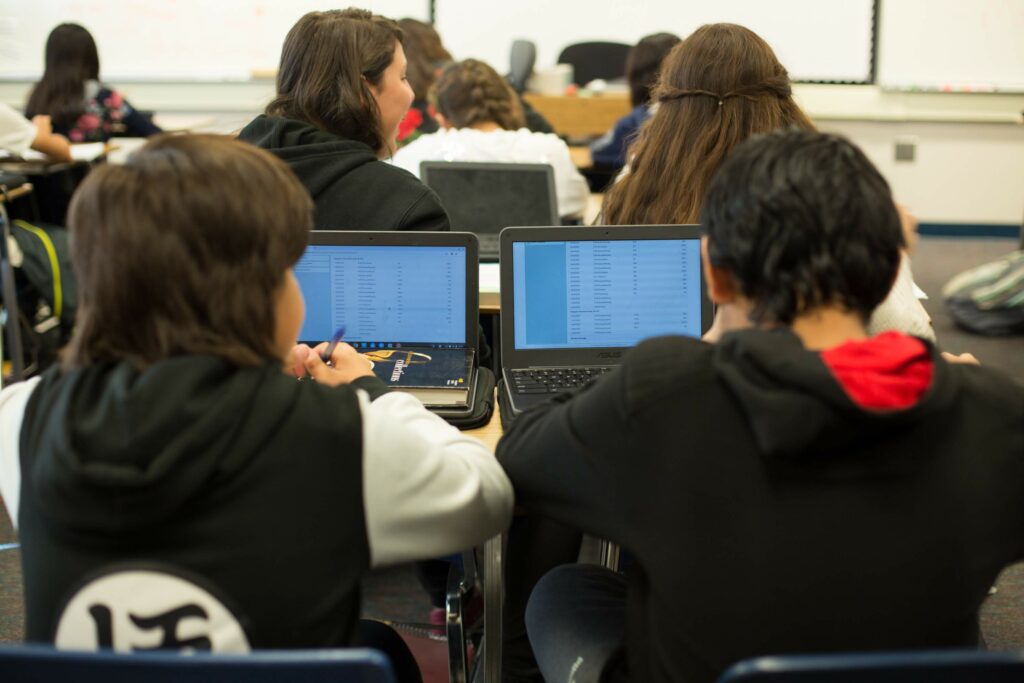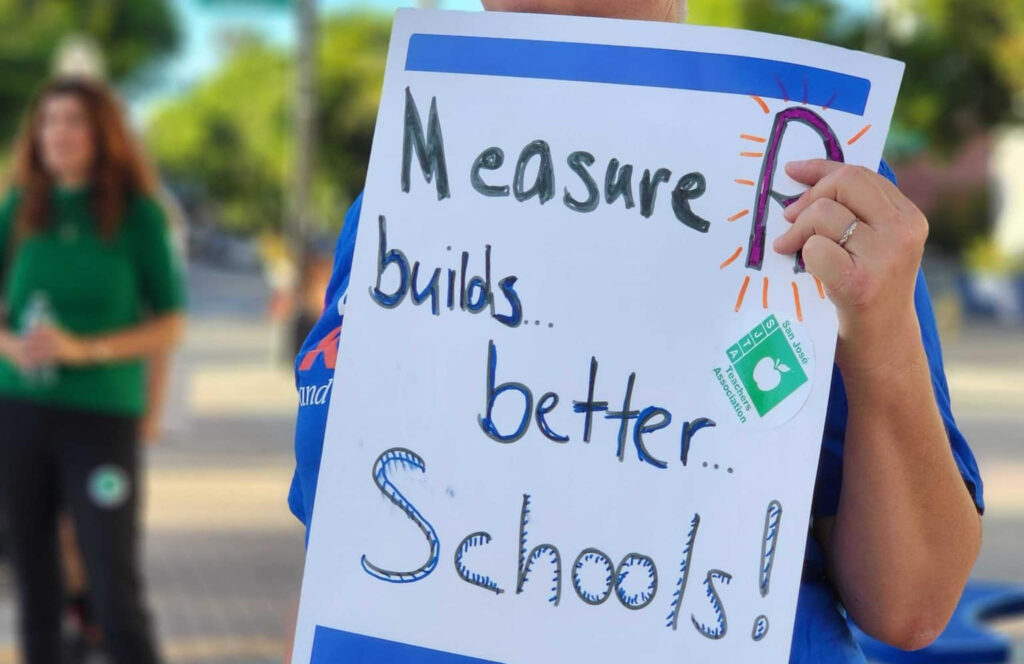
Credit: Pexels
On Feb. 8, the article was updated to clarify and elaborate on details of AB 2222.
A veteran legislator who taught elementary school for 16 years introduced comprehensive early-literacy legislation Wednesday that would impose requirements on reading instruction and add urgency to the state’s patchwork of reading reforms.
Evidence-based practices, collectively known as “the science of reading,” would become the mandated approach to reading instruction for TK-5, if Assembly Bill 2222, authored by Assemblymember Blanca Rubio, D-Baldwin Park, becomes law.
The bill would shift the state’s decade-old policy of encouraging districts to incorporate fundamental reading skills in the early grades, including phonics, to demanding that they do so. This would depart from the state policy of giving school districts discretion to choose curriculums and teaching methods that meet state academic standards.
By 2028, all TK to fifth-grade teachers, literacy coaches and specialists would be required to take a 30-hour-minium course in reading instruction from an approved list.
School districts and charter schools purchasing textbooks would select from approved materials endorsed by the State Board of Education in a new round of textbook adoption.
The California Commission on Teacher Credentialing would receive money to add several experts for accreditation of teacher preparation programs in the science of reading. The bill would strengthen accountability for those programs that have not taught effective reading strategies, as required under recent state law.
Rubio and the advocacy nonprofits EdVoice, Decoding Dyslexia CA, and Families in Schools, the bill’s co-sponsors, argue that another generation of California children cannot wait for districts teaching ineffective techniques using inadequate materials to come around.
“California is facing a literacy crisis,” the first sentence of the bill states. “There are far too many children who are not reading on grade level by the end of third grade and who will not complete elementary school with the literacy skills and language development they need to be successful academically in middle school and high school.”
Only 43% of California third graders met the academic standards in the state’s standardized test in 2023. Only 27.2% of Black students, 32% of Hispanic students, and 35% of low-income children were proficient, compared with 57.5% of white, 69% of Asian and 66% of non-low-income students.
“There’s always this delicate balance between local control versus let’s move forward collectively,” said Marshall Tuck, CEO of EdVoice and former candidate for State Superintendent of Public Instruction. “But when we have an issue that the vast majority of lower-income kids, who are disproportionately Black and Latino, are not reading at grade level, it requires urgency to do what we know works as fast as possible.”
Rubio, who recalled being handed coloring books instead of reading lessons in first grade as a non-English-speaking Mexican immigrant, said that data on the effectiveness of the science of reading convinced her to author the bill. However, her own experience as a fourth-grade teacher who previously taught kindergarten and first grade reinforced it.
“When I have fourth graders that are at first- or second-grade reading, something’s wrong. I can tell you right then and there, if a kid doesn’t know phonics in the fourth grade, we screwed them up somewhere. If they’re not reading in the third grade, they may never recover,” said Rubio, who was first elected to the Assembly in 2016.
A piecemeal approach to literacy changes
The science of reading refers to research from neurology, psychology, and the cognitive and developmental sciences about how children learn to read. In the last decade, 47 states and Washington, D.C., have enacted laws to incorporate elements of the science of reading strategies. Fewer — Mississippi, Connecticut, Tennessee, and Virginia among them — have adopted and funded policies that coordinate multiple key elements: preparing and training teachers, supplying them with aligned instructional materials, testing for learning difficulties like dyslexia and engaging parents.
California is among the 47 states. Within the past three years, Gov. Gavin Newsom and the Legislature enacted discrete pieces of a state policy.
They funded $40 million to the University of California San Francisco to create a screening test for the risk of dyslexia and other learning difficulties; universal screening of K-2 students will begin in 2025-26.
They included $500 million in the last two state budgets for hiring and training of literacy coaches in the 5% of schools with the most low-income students. The Sacramento and Napa county offices of education, strong advocates of the science of reading, are overseeing the effort. They passed legislation to create a teaching credential for PK-3 that includes new literacy standards grounded in the science of reading; teacher preparation programs must introduce them starting next fall, and teachers will take a performance assessment as part of their new credential.
The Commission on Teacher Credentialing created a pre-kindergarten to grade 3 credential and passed new literacy standards grounded in the science of reading; those new standards will apply to the PK-3 credential as well as existing multiple subject, single subject, and education specialist teacher preparation programs. Teachers will take a performance assessment as part of their new credential.
At the encouragement of State Board of Education President Linda Darling-Hammond, a professor emerita at the Stanford University School of Education, Newsom included $1 million in the current budget for a “literacy road map,” which will serve as a guide, with online resources, for districts to implement evidence-based reading strategies. Leading that effort are two respected literacy experts, Bonnie Garcia and Nancy Brynelson, whom State Superintendent of Public Instruction Tony Thurmond named the state’s first state literacy co-directors.
Tuck credits the steps taken by the Legislature and Newsom, “who has been an anchor on early education.” But guidelines won’t ensure that students in all districts will receive effective reading instruction —especially high-poverty schools that may be “slower to make adjustments when they’re dealing with so many challenges and so much complexity.”
Megan Potente, co-state director of Decoding Dyslexia CA, points to her 20 years as a teacher, who, as a new teacher frustrated by the ineffectiveness of her reading training, took a course on phonics and fundamental reading skills. “You feel like you’re not good at your job, and you weren’t equipped. And that’s a terrible feeling for new teachers,” she said. “So I went back to school, and I learned what I needed.”
Years later, she became a coach, supporting teachers in districts using balanced literacy that de-emphasizes evidence-based practices. She found it difficult to apply what she knew, she said, “because the curriculum materials didn’t follow the science; the teaching methods didn’t follow the science.”
A piecemeal approach to reading reforms inevitably leads to a game of “whack-a-mole,” former Tennessee Education Commissioner Penny Schwinn, who is credited with implementing successful comprehensive policies in her state during the pandemic, told EdSource.
Newsom did not require nor explicitly encourage districts to use the $20-plus billion they received in federal and state Covid-relief funding on teaching training in the science of reading nor on updating reading texts and materials. Now that the state is heading into a lean budget year, a scarcity of funding, particularly for teacher training, could set back a timeline to implement the bill. Newsom’s proposed budget for 2024-25 includes no significant money for new TK-12 programs.
A spokesperson for the Newsom administration, which usually declines to discuss pending legislation, offered no further comment.
What’s in Assembly Bill 2222
AB 2222 would define evidence-based literacy instruction as “evidence-based explicit and systematic instruction in phonological and phonemic awareness, phonics, vocabulary and oral language development, fluency, comprehension, and writing … that adheres to the science of reading.” (Phonics are rules that relate letters in words to the sounds of spoken language. A phoneme is the smallest element of a sound within spoken language. Phonemic awareness reflects the ability to understand that words combine multiple phonemes when pronounced.)
The bill sets requirements for three principal elements of literacy instruction:
Teacher training
Starting in March 2026 and no later than June 30, 2028, all teachers in grades TK to 5 must complete an approved professional development and training program satisfactorily. The California Department of Education would appoint one or more county offices of education with expertise in the science of reading and evidence-based literacy instruction to serve as the state literacy expert lead that would select the list of eligible training programs. Districts would have to notify parents if fewer than 90% of the required teachers failed to complete the course.
Instructional materials
The last state textbook adoption for English language arts and English language development was 2015. The bill would require the State Board of Education to complete the next adoption cycle by Jan. 1, 2026, for TK through eighth grade. The materials would have to adhere to the science of reading. School districts would not be required to replace materials they’re currently using, but they would need a waiver to buy basic instructional materials that aren’t approved. A district whose waiver is denied for existing instructional materials that they are using will be required to adopt materials from the state-approved list. For the first time, all districts would have to report which textbooks they are using to the Department of Education.
Textbooks like “Units of Study,” by noted literacy author Lucy Calkins, whose instruction relies on visual cues, including the three-cuing method of reading, would not be eligible for the approved list.
Teacher preparation
The bill would strengthen the accountability requirements of landmark Senate Bill 488, the 2022 law that requires candidates for a PK-3, elementary, or multiple subject credential to receive evidence-based reading instruction.
It would require the Commission on Teacher Credentialing to establish a probationary accreditation process for teacher prep programs that aren’t meeting the literacy instruction requirements. Faculty in those programs would have to complete professional development in the science of reading for the program to avoid a loss of accreditation.
The bill would provide funding for the credentialing commission to hire experts in the science of reading to help with program accreditation. One of the dozen members of the Committee of Accreditation would have to be an expert in the science of reading.











